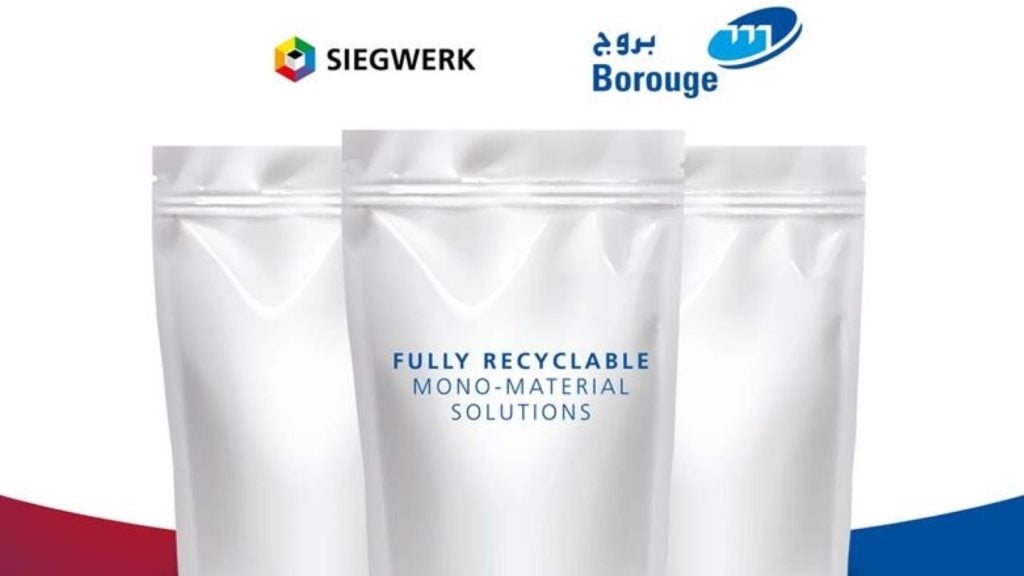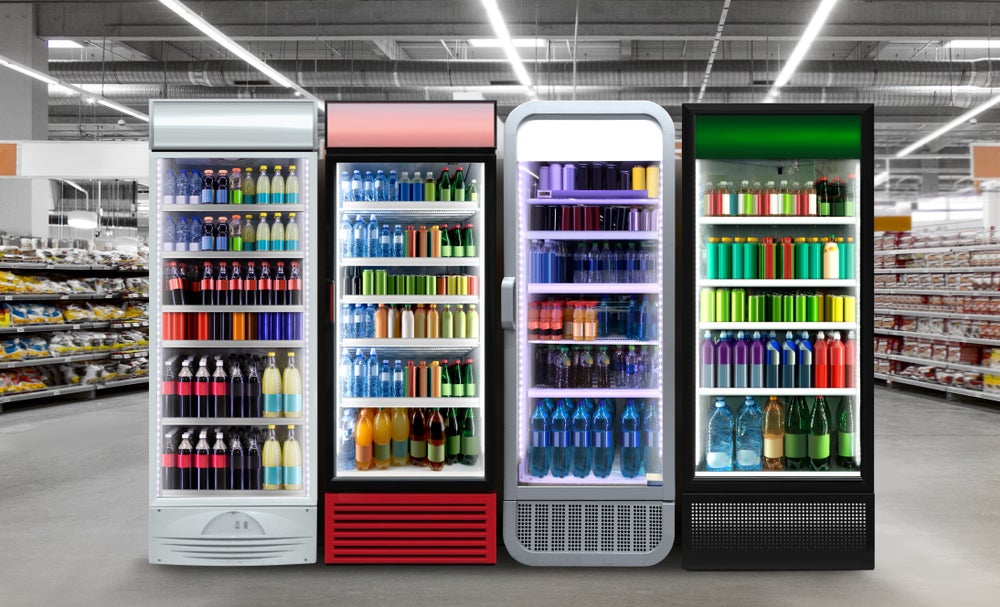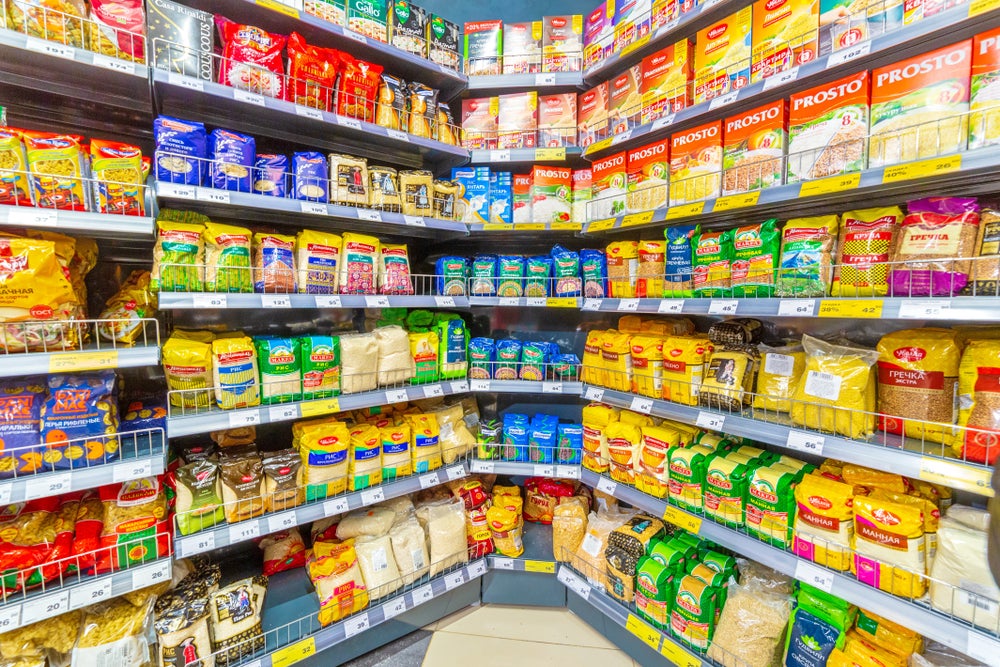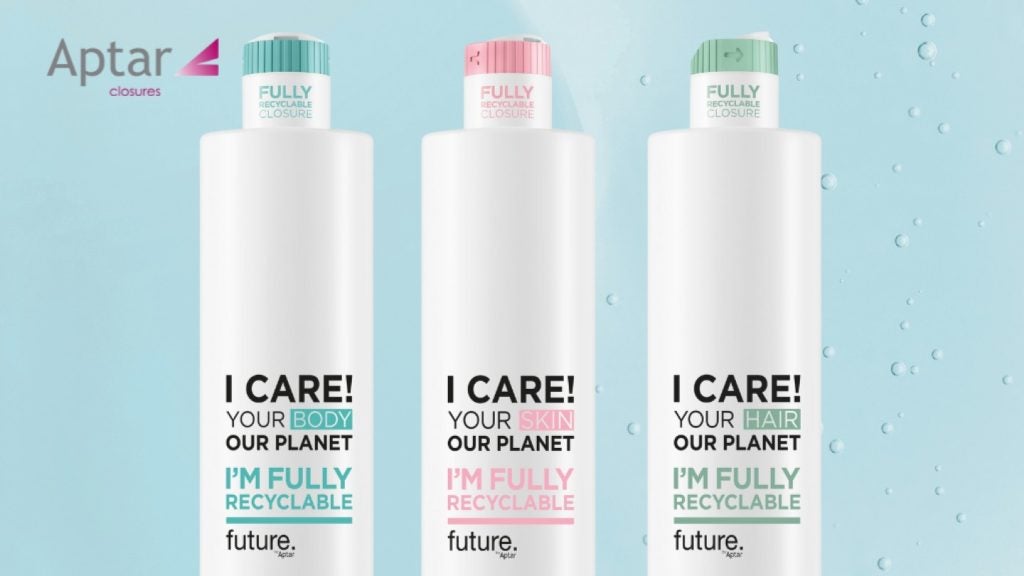The 18 different brands in the Estée Lauder corporation strive to maintain their sense of creative independence, claims Roger Caracappa, Estée Lauder Companies’ senior vice-president of global packaging.
‘What make Bobbi Brown, M·A·C and Stila successful brands are their strong product and packaging positions,’ he says, ‘and that is something that we try to encourage. Packaging development teams are assigned to each of the brands. Their first responsibility is to the brand.’
Thus, a product’s material, shape, form and function are brand decisions. There is, nevertheless, a common thread between the brands: high quality. Another Estée Lauder Companies hallmark is the search for newness and a point of differentiation.
Estée Lauder’s Packaging Strategies
Since the Estée Lauder Companies’ brands each have unique strategies, they all choose materials according to different criteria. New materials are emerging every day. PET and heavy-wall glass are two examples of materials getting much more exposure in cosmetics. In addition, new foils and laminates are being introduced for folding cartons and unique set-up boxes.
Caracappa says: ‘Sometimes, materials make an environmental statement. Sometimes, it is simply a question of image. PET could be the choice for Clinique. Heavy-wall glass could be the right thing for Bobbi Brown. It all depends on the company’s own strategic initiatives.
See Also:
Focusing on Environmentally Friendly Packaging
Aveda is an Estée Lauder Companies brand that has a strong position when it comes to environmental issues. It has been aggressively pursuing new types of materials for traditional packaging. Its top priority is clear.
How well do you really know your competitors?
Access the most comprehensive Company Profiles on the market, powered by GlobalData. Save hours of research. Gain competitive edge.

Thank you!
Your download email will arrive shortly
Not ready to buy yet? Download a free sample
We are confident about the unique quality of our Company Profiles. However, we want you to make the most beneficial decision for your business, so we offer a free sample that you can download by submitting the below form
By GlobalData‘Our goal is environmental,’ says John Delfausse, Aveda’s vice-president of package development, ‘so the materials we use would be polyethylene or polypropylene. We stay away from styrene materials completely if we can.’
At the beginning of 2003, Aveda launched a new lipstick, Uruku. Recycled material has been used for the refillable case, and the outer cap is made of a revolutionary new material.
‘For the first time, natural fibres have been mixed with plastic resins,’ says Delfausse. ‘The process for making this material was originally developed by Teel Plastics for its extruded tubing division, and is now also employed in the building materials industry. For Aveda, using this process means that the amount of plastic resins can be reduced and, at the same time, a beautiful aesthetic effect achieved. We are always looking for materials that will fulfil both the environmental and the aesthetic aspect.’
Aveda is starting to use PET for some applications, since the company is now able to get 100 per cent post-consumer recycled content into its bottles. Delfausse and his team are trying to make their bottle walls as thin as possible to reduce the amount of material used. If another division wants a heavy-wall PET, Aveda can provide a recycled version.
As a corporation, Estée Lauder Companies has a policy to avoid PVC, since it is an environmentally harmful material. The packaging organisation ensures that there is consistency in terms of policies, regulations and testing. Those protocols become an inherent part of the corporate group as well as of the development teams of the individual brands.
Because of Aveda’s interest in environmentally friendly materials, Delfausse is on the corporate environmental committee. He is thus responsible for making all other Estée Lauder companies aware of which are the ‘greatest and latest’ environmentally friendly materials.’I am hoping to have an environmental impact on the whole corporation,’ he says.
Packaging innovation at a corporate level
Estée Lauder Companies has a corporate department that is solely devoted to packaging innovation. All new ideas presented to the corporation – from within the company or from external suppliers – are transmitted to each of the individual brands’ creative and marketing teams on a daily basis. A digital photo and a brief description of the concept are posted on the corporation’s intranet. And if there is a request for information from any particular brand, the packaging department will follow it up.
‘Our number-one priority is to make sure that quality is an inherent part of the packaging,’ says Caracappa. ‘But it is also our responsibility, as a corporate department, to provide the brands with as many alternatives as possible, to widen their selection of packaging concepts.’
‘Since we have this innovation department, suppliers know precisely where to go to present their ideas, recognising that they will be shared between all of the companies, not just one.’
All packaging ideas are catalogued. This means that if there is no interest in an idea when it is first presented, it can be relooked at at any point down the road.
The innovation department has a dedicated conference room, which is used to store whatever are considered to be the latest trends in moulding techniques, compact finishes, glass finishes, dispensing systems and paper treatments. An area within that room is dedicated to new materials, often originating from outside the cosmetics industry.
‘We have created an environment where designers from the different brands can brainstorm packaging concepts and see what the latest ideas in each category are,’ says Caracappa.
Thus, the corporate packaging department distributes information about the latest innovations available in the industry to the different companies. But who has the final say about which ideas will go to market?
‘It is a marketing decision. The marketing department has to approve the implementation and execution of a new product as well as the packaging used. Marketing is our customer,’ says Caracappa.
Tactile and ergonomic trends in cosmetic packaging
Today, Caracappa sees a trend towards packaging with a tactile quality. The importance of feel and touch is connected to the trend towards ergonomic shapes and sizes.
‘If you look at the ease of application of compacts and bottles and how the shapes feel in your hand, you see a noticeable improvement,’ says Caracappa. ‘Regarding mascara packaging, for example, a lot of companies (including the Estée Lauder ones) are introducing parts that are bi-injection-moulded. There, the soft texture and the rigid components are married together.’
It is very important for Estée Lauder Companies that the design and function elements of packaging are well matched. This is a general trend in the industry today, believes Caracappa.
In terms of colour, transparency is popular. It is used, for example, to give a fragrance packaging a unique look. Caracappa claims that the colouring opportunities in cosmetic packaging are enormous.
‘The cosmetic industry is making a huge effort to look into other industries – such as the automotive industry, furniture industry and the food industry – to find new types of colours, materials and finishes that can be adapted to its needs.’
Winning an award
In July 2002, the glass packaging of Estée Lauder Companies’ T for Him was awarded the GPI Clear Choice Awards for innovative design in the cosmetics and fragrance section. ‘Winning packaging awards does not have any particular impact on the sales of a product,’ says Caracappa. ‘Internally, however, recognition from outside organisations creates a lot of excitement. We have a mechanism to spread that information to give all our employees – whether in marketing, manufacturing or sales – the opportunity to feel proud.’
Company profile
Estée Lauder Companies is one of the world’s leading manufacturers and marketers of quality skin care, make-up, fragrance and hair care products. The company owns the following brand names: Estée Lauder, Aramis, Clinique, Prescriptives, Origins, M·A·C, La Mer, Bobbi Brown, Tommy Hilfiger, jane, Donna Karan, Aveda, Stila, Jo Malone, Bumble and bumble, Kate Spade Beauty, Darphin and Michael Kors. The innovation centre is headquartered in New York, but also has offices in Tokyo, Paris, Minnesota (USA) and California (USA).







